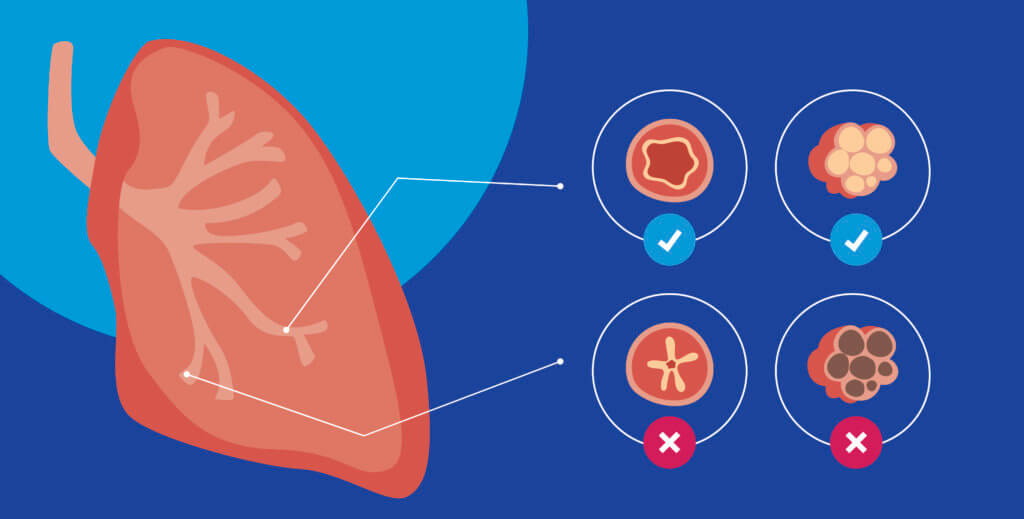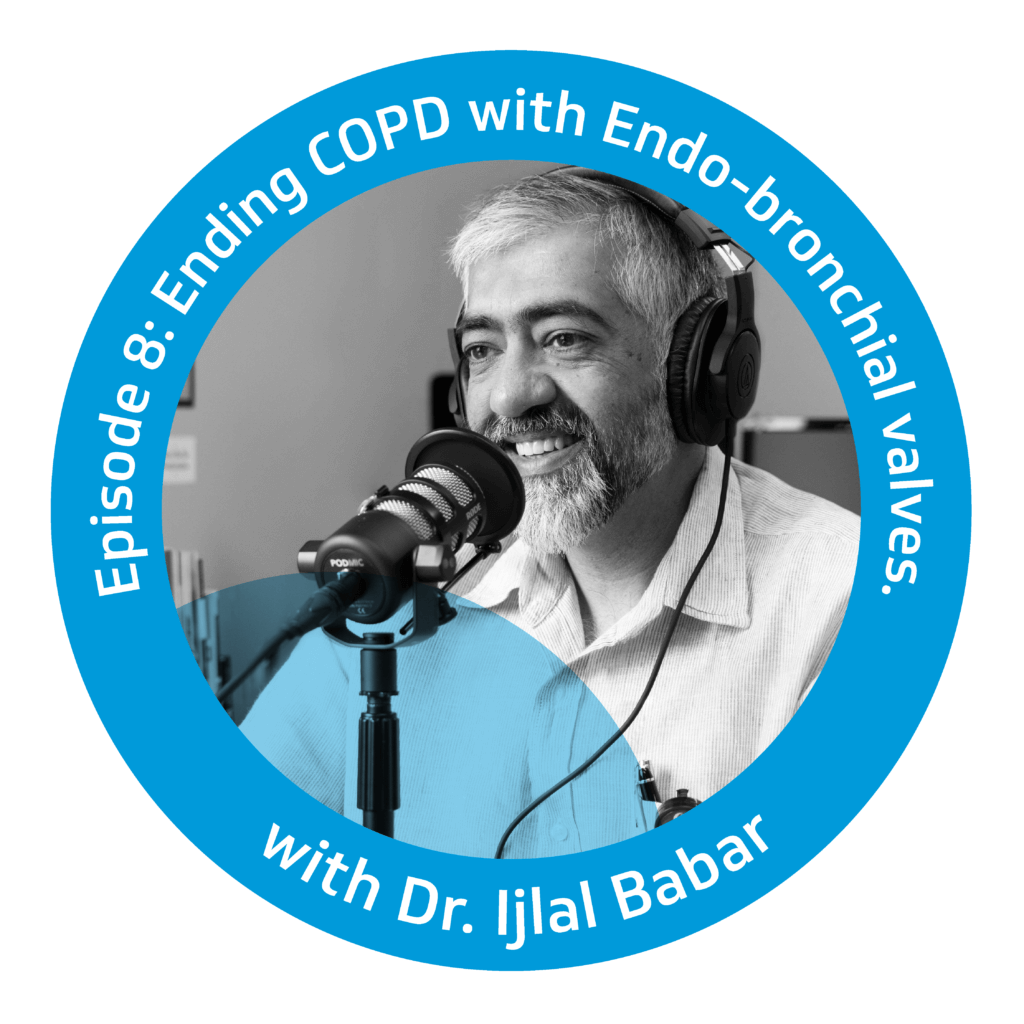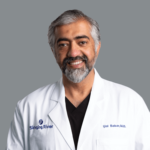What’s COPD?

In healthcare, there’s no shortage of acronyms—for everything from ADHD (attention deficit hyperactivity disorder) to WBC (white blood cell). One smokers will commonly hear is COPD… but what does that mean, and what can be done to help this condition?
COPD stands for “chronic obstructive pulmonary disease,” and is an issue most commonly caused by smoking in developed countries. It causes your lungs to lose the ability to expand for air properly, which causes air to stay trapped in your lungs longer. Mayo Clinic describes the change in function best:
Air travels down your windpipe (trachea) and into your lungs through two large tubes (bronchi). Inside your lungs, these tubes divide many times—like the branches of a tree—into many smaller tubes (bronchioles) that end in clusters of tiny air sacs (alveoli).
The air sacs have very thin walls full of tiny blood vessels (capillaries). The oxygen in the air you inhale passes into these blood vessels and enters your bloodstream. At the same time, carbon dioxide — a gas that is a waste product of metabolism — is exhaled. Your lungs rely on the natural elasticity of the bronchial tubes and air sacs to force air out of your body. COPD causes them to lose their elasticity and over-expand, which leaves some air trapped in your lungs when you exhale.
Mayo Clinic
Because of the obstructed airflow, symptoms include:
- difficulty breathing
- shortness of breath
- cough
- mucus production
- wheezing
So within COPD, there are two major branches or disease forms. There’s the chronic bronchitis type of people. These are the people who wheeze all the time. They’re coughing up phlegm. They get frequent flare ups and of course, they’re short of breath. And then there are the emphysematous types to people—who it’s like their chests are super inflated. They don’t cough as much and they get short of breath with minimal activity.
Ijlal Babar, MD, Pulmonologist and Director of Pulmonary Critical Care and Pulmonary Hypertension
While smoking may be the main culprit for COPD, many have a genetic susceptibility to the disease, so smoking can raise the chances of getting COPD. This chronic disease not only causes difficulty on its own, but it also can create an increased risk of heart disease and lung cancer. Thankfully, there are options for treatment.
Endo-bronchial valves are a medical marvel—with a surgery that takes less than an hour, patients can see a dramatic improvement in their ability to breathe. Incredibly fast, incredibly safe. Unlike the more invasive surgical options, this new treatment is a single procedure done during a simple bronchoscopy that requires no cutting or incisions. On average, 4 tiny valves are placed in the airways to block off diseased parts of the lungs, which are thereby reduced in size. Reducing hyperinflation and preventing air from getting trapped in the diseased parts of the lung allows the healthier lung tissue to expand and take in more air. This results in affected patients being able to breathe more easily and experience less shortness of breath.
The benefits can be really impressive. It can change people’s lives. It can be that effective.
Ijlal Babar, MD, Pulmonologist and Director of Pulmonary Critical Care and Pulmonary Hypertension
While not everyone is the perfect fit for endo-bronchial valves, there are steps that current smokers can take to help improve their COPD or reduce the chance of developing it. The first (and most likely the hardest) is quitting smoking. While a difficult path for many, it’s the best chance you can give yourself to allow your lungs to recover from years of smoking.
Second, going in for Lung CT scans is critical to see how your lungs are currently doing. A Lung CT is a low-dose CT scan that can help identify issues and lung cancer warning signs early using a simple x-ray procedure in which low doses of radiation create detailed images of your lungs. By taking the time to get a simple screening, you could catch serious damage sooner and save your life.
Curious about getting started with lung screenings, or about endo-bronchial valves? Call Singing River Pulmonology at 228-809-5000 to start walking through your first steps to breathe a little easier.
Content inspired by Healthcare is Selfcare: The Podcast
Hear more from Dr. Babar on Episode 8:

What’s chronic, obstructive and effects the lungs’ ability to function correctly? COPD. We hear it talked about a lot, but what is COPD and how can we treat its effects? Hear about the latest developments in Endo-bronchial valve technology with Dr. Ijlal Babar, Singing River Pulmonologist (that’s a fancy word for “Lung Doctor”) on this episode of Healthcare is Selfcare: The Podcast.
Prefer to read? Check out the episode transcript here.
